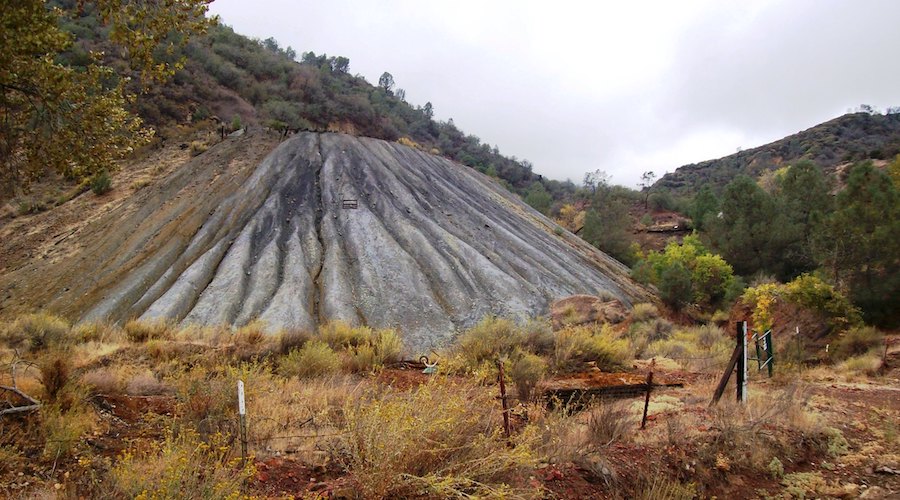
Waste from the mining industry has perpetuated apartheid-like policies in South Africa, a new book by Stanford University historian Gabrielle Hecht states.
According to Hecht, apartheid can be seen from space, particularly when examining satellite imagery showing the location of tailings ponds and piles.
In her two-decade-long research throughout the Witwatersrand plateau, the historian noticed that amid the area’s tailings piles pulse the activities of Black South Africans and migrants trying to salvage their own lives out of the scraps: Some go deep into abandoned mine shafts in search of what little gold remains, if any. Others use the toxic leftover debris to make bricks, sold to people tired of waiting on the government’s 30-year-old promise for universal housing, to cobble together makeshift shelters.
During South Africa’s winter months, winds blow toxic dust off these mercury-rich tailing piles, sending residues downwind, where Black communities reside and breathe in noxious particles. White communities are found upwind which, in the researcher’s view, represents a further topographical marking of the racist policies that continue to shape the country today.
In “Residual Governance: How South Africa Foretells Planetary Futures,” Hecht shows that the same people apartheid oppressed and profited from bear the costs of the nation’s mining debris: poor, Black South Africans living on the economic margins.
“There is no such thing as ‘out of sight, out of mind,'” said Hecht in a media statement. “Waste does not magically leave the planet. It’s active, not passive. Waste doesn’t just sit there and do nothing. It mutates, it seeps, and does all kinds of horrible things.”
Throughout the book, she mixes anecdotes and personal stories with historical analysis, data, and other evidence and reports gathered by government agencies and nonprofit organizations to show how waste continues to perpetuate the racial disparities of the apartheid regime.
Other issues add to the story. Hecht’s studies gather evidence pointing to mining as the main cause behind South Africa’s water scarcity.
She also notes that what water remains risks becoming toxic. As the water rises through abandoned mines—there are 6,150 defunct operations in the country—it acidifies and absorbs heavy metals like arsenic and lead before eventually seeping its way into the local water supply and onto farmland.
Hecht cites one report of a school located 500 meters away from a tailings dam. The school planted a garden to help feed the food-insecure school children, only to discover that the vegetables that their garden yielded were high in arsenic, mercury, and lead.
The historian also features the environmental activists, scientists, community leaders, journalists, urban planners, and artists who are responding to the problem she has conceptualized as “residual governance”: A “deadly trifecta” defined by: “minimalist governance” that “uses simplification, ignorance, and delay as core tactics” and “treats people and places like waste.”
While there are some regulations in place, a system of residual governance makes it difficult to enforce compliance.
According to Hecht, it also requires expertise that has been “weaponized by the mining companies, who use it as a delay tactic, demanding ‘more research’ when it is readily apparent the damage their operations have caused to the local communities.”
In her view, some first steps toward solving these major issues could involve building more water treatment plants and remediating old mines. However, long-lasting, structural change is also needed.
“For those who fight against it, the opposite of residual governance is not a souped-up technocratic machine,” Hecht writes in the book’s conclusion. “It’s the creation and maintenance of systems and infrastructures that not only recognize and respect their full personhood (their voices, their bodies, their aspirations), but that have mechanisms for sustaining that recognition and respect over time.”
Comments
Night Rider
One-sided rubbish.